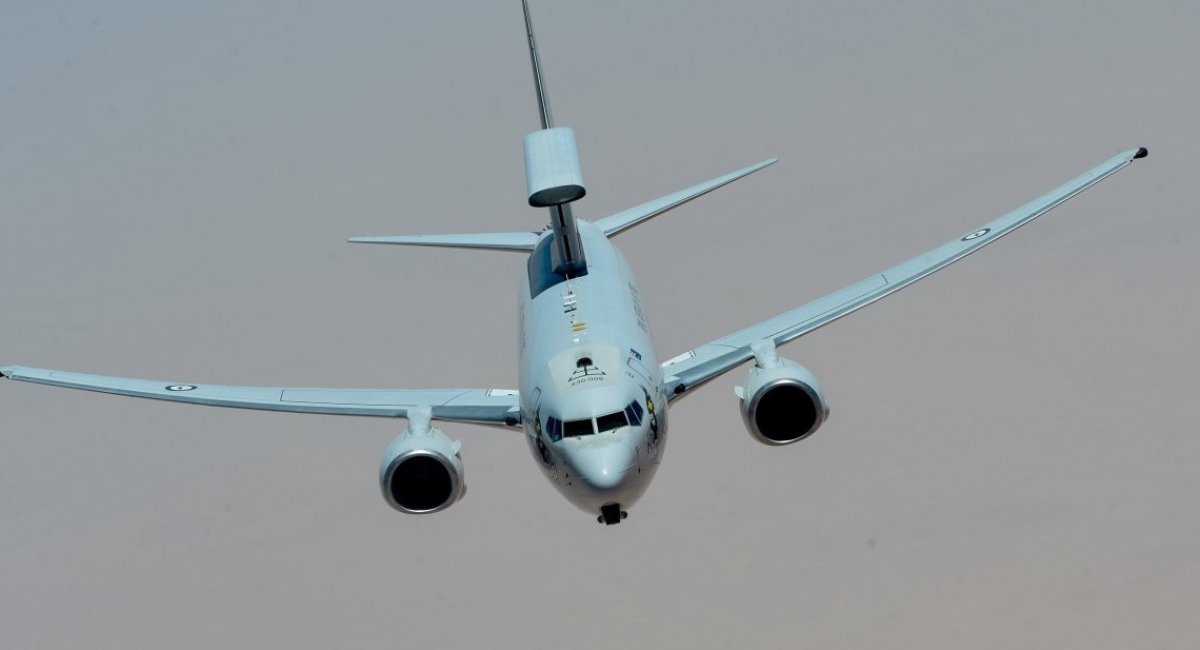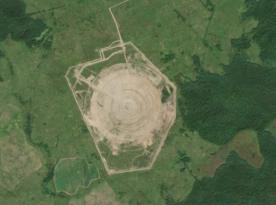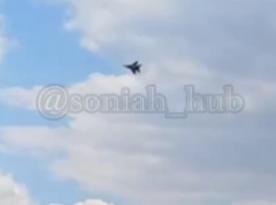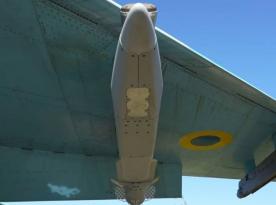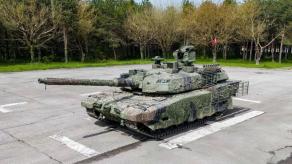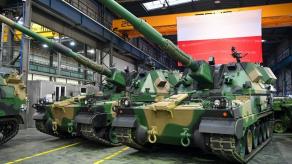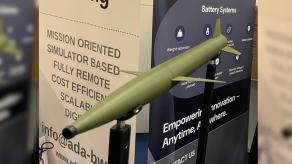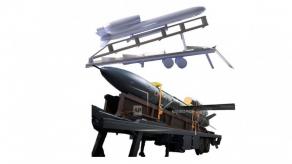NATO could be left without a shared Airborne Warning and Control System (AWACS) aircraft after the U.S. canceled its E-7 Wedgetail program.
According to the Center for European Policy Analysis (CEPA), NATO currently operates aging E-3 Sentry aircraft introduced in the 1980s. These are also used by France and were recently retired by the UK.
Read more: After 3 Years, Turkiye Buys Eurofighter Typhoons — Saving UK Typhoon Factory, But Another Battle Awaits
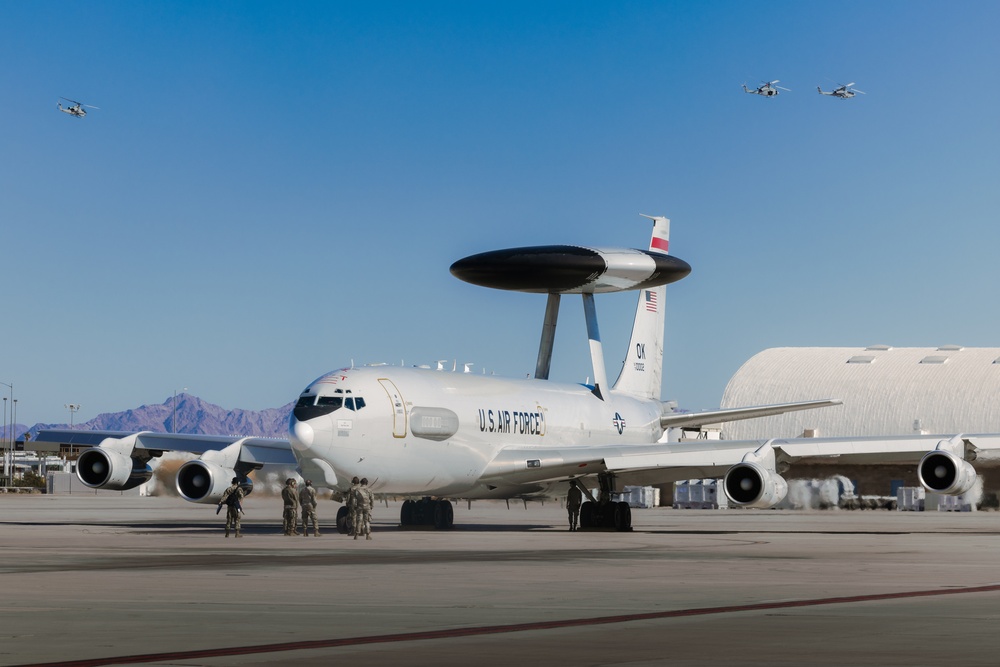
The E-7 Wedgetail, based on the Boeing 737 with a Multi-role Electronically Scanned Array, was meant to replace the E-3 and offered a significant technological leap over older AWACS platforms that relied on rotating radars.
Initial adoption was promising: Australia, the UK, Turkiye, and South Korea each ordered between three and six aircraft. The U.S. was set to become the key buyer, planning to purchase 26 E-7s by 2032.
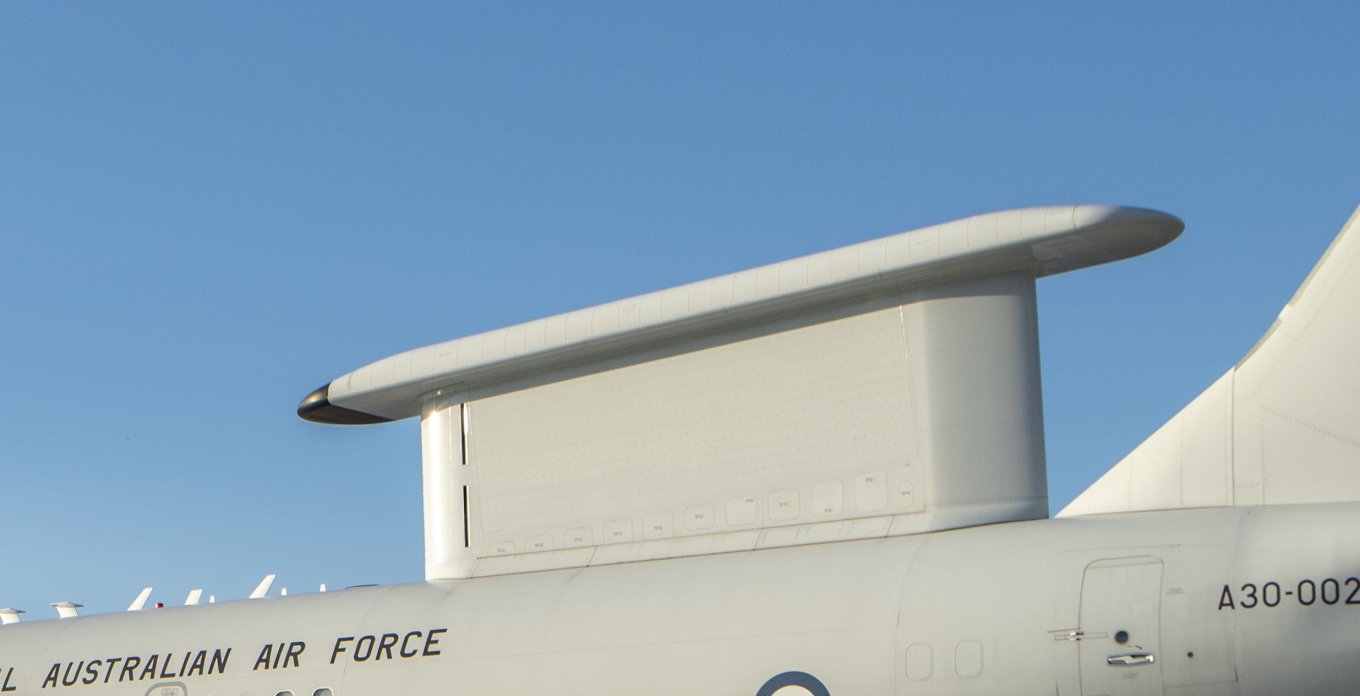
This gave a green light to NATO's order of six Wedgetails, which were to begin service by 2031. However, the entire plan unraveled in June 2025 when the U.S. decided to cancel the program.
The Pentagon cited high costs and limited survivability. CEPA speculates the decision may have been influenced by recent wars — such as between russia-Ukraine and India-Pakistan — where long-range air-to-air missiles dominate.
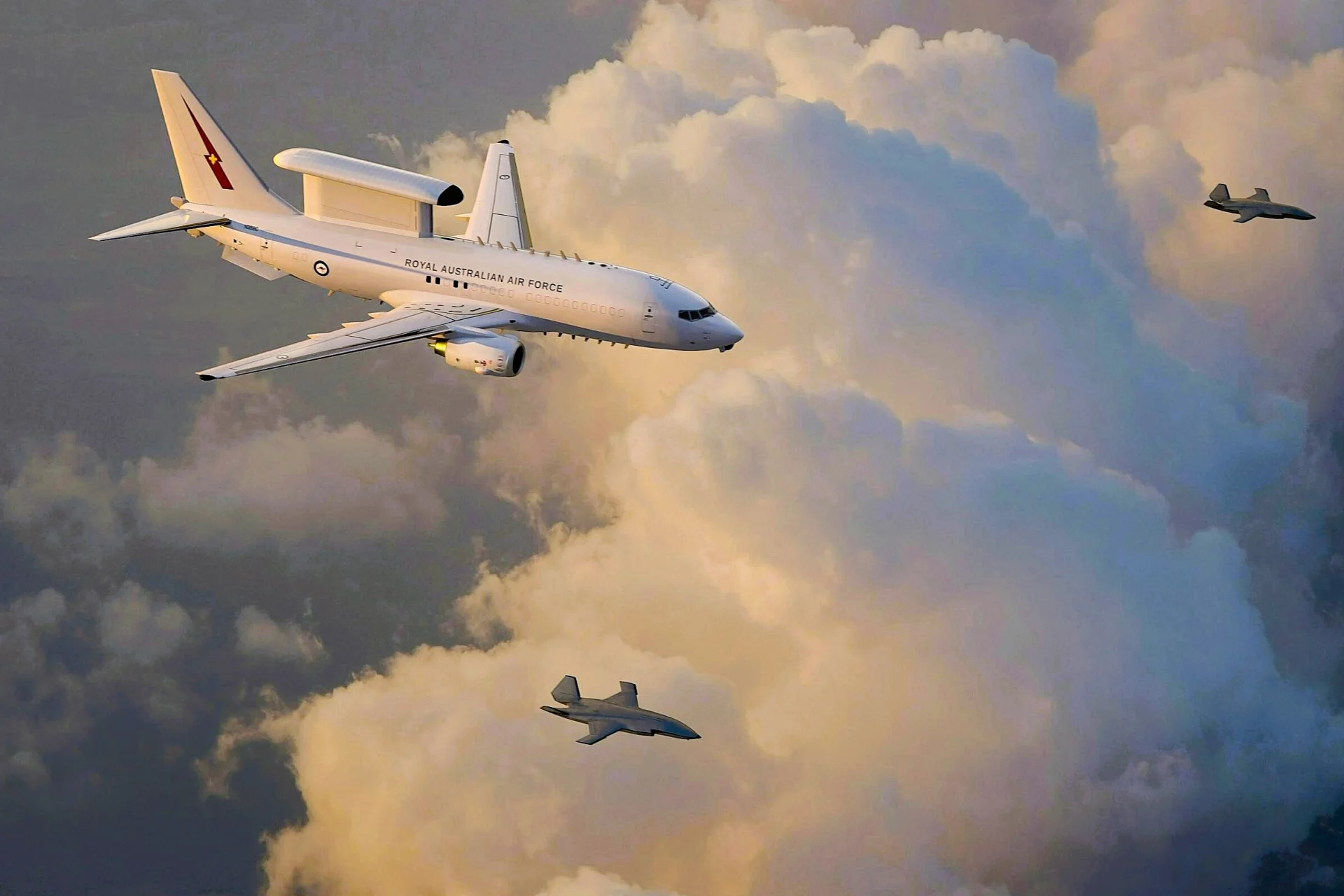
Defense Express notes that this conclusion is incomplete. Despite russia losing several A-50 AWACS, their presence still played a key role in coordinating military operations and enabling long-range missile use.
The U.S. now plans to fill the gap with smaller E-2D Hawkeyes and space-based sensors developed under the Overhead Persistent Infrared system, known as the Golden Dome. However, many analysts argue these are insufficient replacements for E-7 capabilities.
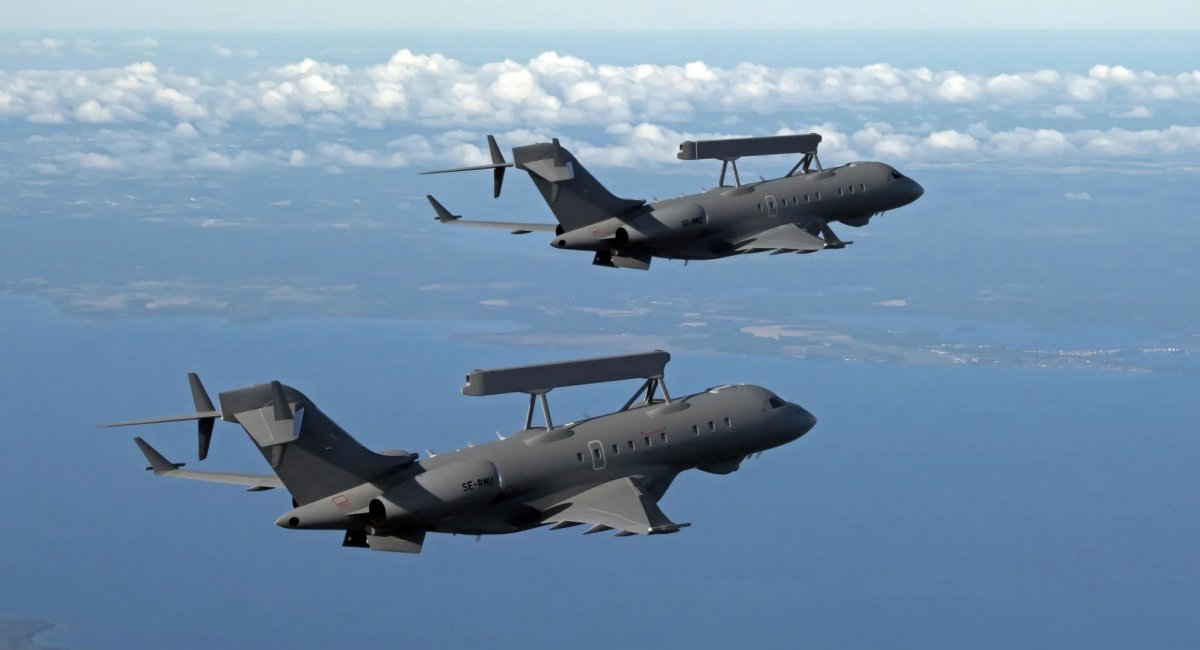
Europe is unlikely to develop its own space-based sensor network soon, which leaves it with few alternatives. The most viable may be Sweden's Saab GlobalEye, already ordered by Sweden and France, with Denmark considering a purchase.
But countries like Turkiye, the UK, and NATO's common fleet have already invested in the canceled E-7, which jeopardizes Alliance-wide standardization and interoperability.
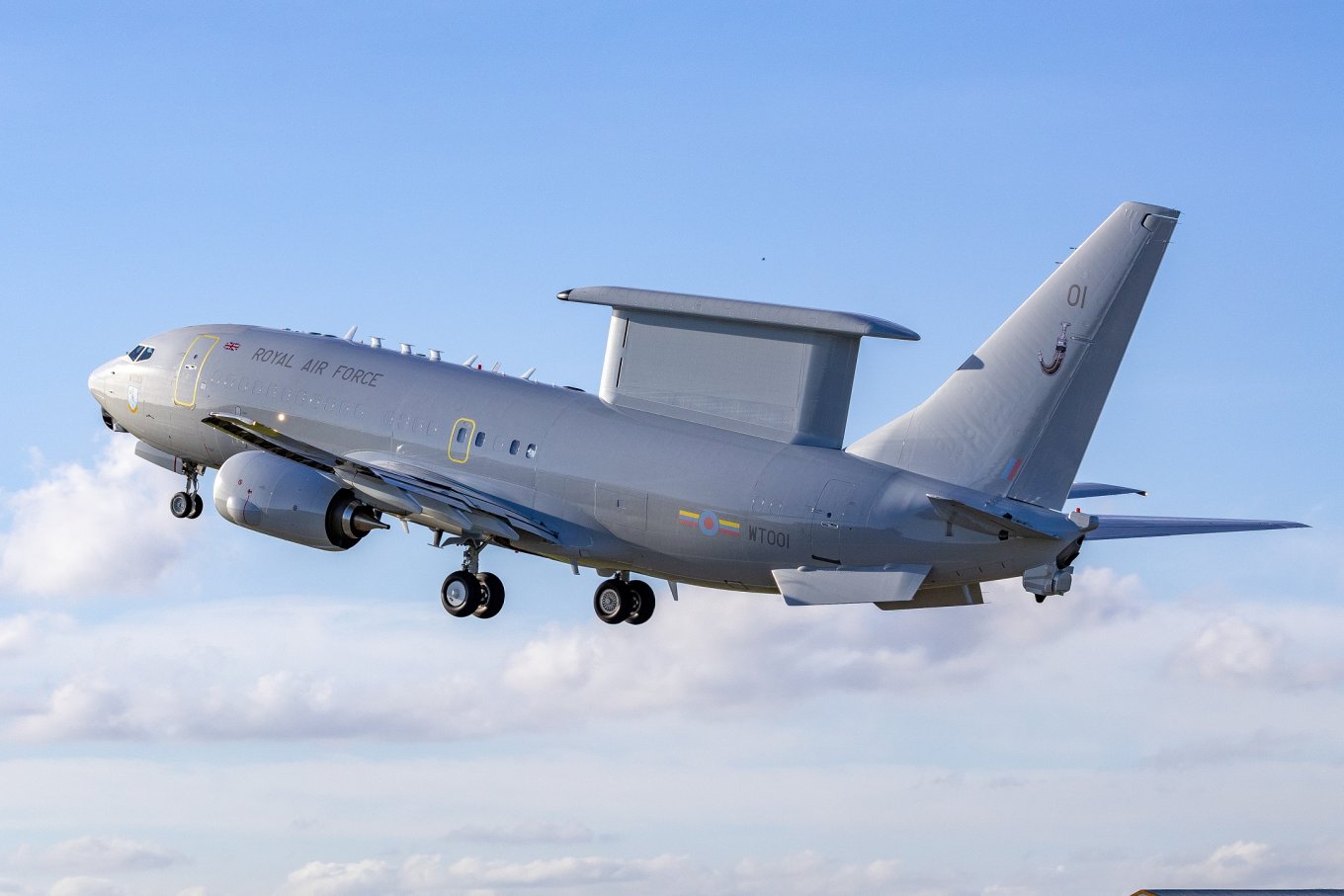
NATO could still switch to GlobalEye — but equally, it may not. According to CEPA, either path will severely impact shared early warning capabilities.
There remains a chance U.S. domestic or international pressure could lead to a revival of the E-7 program. But unless that happens, NATO's AWACS future remains uncertain.
Read more: Despite FCAS Fighter Program Nearing Collapse, Belgium Still Seeks to Join as a Full-Fledged Partner




